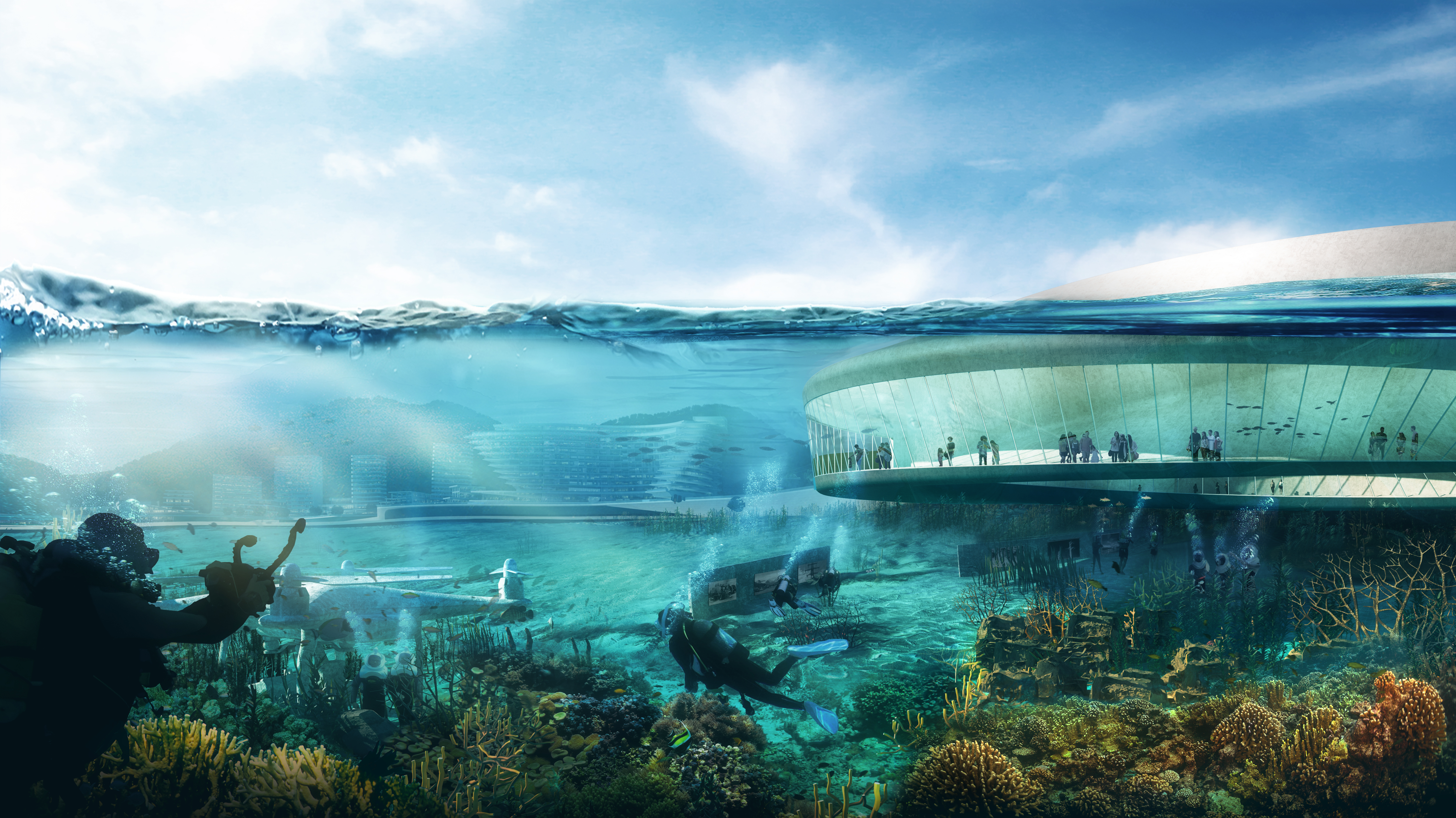"When it comes to Shenzhen, “Shenzhen Speed” is always the first thing people think of, while “Shenzhen Life” and “Shenzhen Beach” are hardly considered.
We hope that Xiaomeisha's incorporation of these important keywords can revive the gentle and romantic side of the "Shenzhen Spirit". In doing so, we are seeking to find a little leisure in the speediness, and a bit of calm in the efficiency. Xiaomeisha will represent the unique marine culture of Shenzhen and continue to support the citizens of Shenzhen in the pursuit of their dreams.
The vision of "multi-habitat space inhabited by mountains and the sea" is based on strengthening the links between the mountains, the city and the sea. Development in and between these regions is in focus, as are the "small but delicate" patterns of interaction between the mountain landscape and the sea at the city's edge. The organization of transit systems and flow of people and goods throughout the city are especially important in creating a comfortable experience for residents and tourists alike.
Other fundamental goals of this project are to increase resilience and ecological security by establishing a balance between nature and society. Restoration projects in mountain zones and coastal habitats will be undertaken in combination with ecological disaster prevention systems. The project will produce resilient bays and build resilient coasts using a combination of hard infrastructure and soft nature-based elements.
Revival is the Xiaomei Sha playbook. The five routes enrich the "mountain, sea and city" philosophy by recognizing the value of environmental protection, identifying opportunities to integrate technology and natural systems, and enhancing public participation and good governance through partnerships such as Yantian Carbon Coin. Overall, we seek to foster interactive and trusted relationships through the development of this project.”
——Ruizhi Cao
Associate Director China
